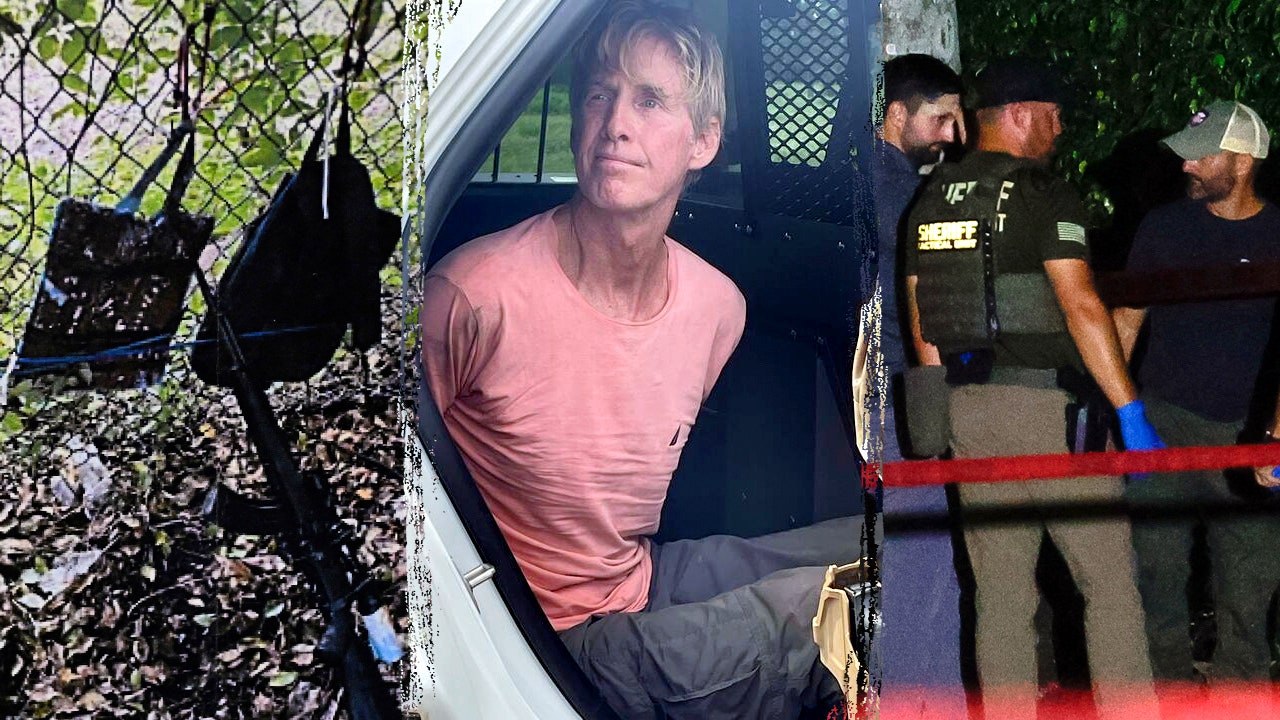Kurt Marthaller, who oversees school food programs in Butte, Mont., faces many cafeteria-related challenges: children skipping the lunch line because they fear being judged, parents fuming about surprise bills they can’t afford, unpaid meal debts of $70,000 districtwide.
But at nearly half of Mr. Marthaller’s schools, these concerns have vanished. At those schools, all students get free breakfast and lunch, regardless of their family’s income. At one school, West Elementary, children grab milk cartons, cereal bars and bananas from folding tables on their way to class, with almost 80 percent of students eating breakfast there each school day.
“We’ve done a lot of good things to feed kids here in Butte,” Mr. Marthaller said. But introducing universal free meals, he added, was “probably the best thing we ever did.”
Advocates for free school meals have pushed for them to be offered to every student for a long time, but saw significant progress in the last decade and a half. Their first big win came quietly, in 2010, when Congress passed an under-the-radar policy called the community eligibility provision, which made it easier for schools to serve free meals to all. Then, during the Covid-19 pandemic, the federal government let every public school student eat for free, rapidly transforming the nation’s thinking around school meals.
Eight states have passed their own universal free meal legislation since the federal largesse ended in 2022. Dozens more have introduced similar bills or have one in the works. A surge of additional schools — nearly 7,000 — have signed up for the community eligibility program that West Elementary participates in: As of the 2022-23 school year, roughly four in 10 public schools were enrolled.
In total, more than 21 million American children now attend schools that offer free meals to all — a tenfold increase from 2010. “Schools did not want to go back to charging some kids,” said Crystal FitzSimons, the director of child nutrition programs and policy at the nonprofit Food Research and Action Center. “They saw the huge benefits of providing free meals to all students: supporting families, supporting kids, changing the culture of the cafeteria.”
A tale of two lunches
From above, Butte looks as if it were carved out of a mountain range with an ice cream scoop. Once known as “the richest hill on Earth” for its copper mines, Butte was one of the largest cities west of the Mississippi in its heyday. Today it has approximately 35,000 residents, many of whom have been there for generations.
Amber Moore lives on the east side of town, in a blue house with a view of Our Lady of the Rockies, a 90-foot-tall mountaintop statue of the Virgin Mary. A stay-at-home mom, she lives with her husband, Jake, a telecommunications technician, and their five children, four cats and two dogs.
The Moores’ house is zoned for Whittier Elementary School, which, unlike West, does not participate in community eligibility and does not have universal free meals. So five nights a week, Ms. Moore clears off a patch of her kitchen counter and sets out five lunchboxes. In goes the SunnyD, the cheese stick, the ham-and-cheese sandwich, the Lay’s, the clementine and the fruit snacks. Ms. Moore uses three loaves of bread each week just on lunches. Add breakfast to the equation and she spends about $250 per month on the two meals.
“That’s like a power bill,” she said. “It’s not a small amount.” That bill was eliminated during the pandemic. For those two years, Ms. Moore’s children ate breakfast and lunch at school every day. Then, like the majority of schools around the country, Whittier returned to charging for meals in August 2022. And Ms. Moore returned to packing lunches.
Though low-income students at all American public schools technically qualify for free and reduced-price meals, one-third of eligible students do not participate, according to a Food Research and Action Center estimate. One reason is stigma: Because the school-provided meal, often called “hot lunch,” has long been viewed as a form of welfare, eating it can be a painful marker of poverty.
Parents may also fail to complete the requisite paperwork because they have volatile incomes, face language barriers or are embarrassed about their finances. (As Mr. Marthaller put it, “I think it’s a pride thing.”) Others may be struggling but ineligible: To receive free or reduced-price meals, a family of four must earn less than $55,500 per year. When meals are free to all, advocates say, these obstacles are eliminated.
The Moores don’t qualify for reduced-price meals: Mr. Moore’s income puts them over the limit by $465 a month. “It’s one of those frustrating things,” Ms. Moore said. “I’m sure a lot of parents are in that middle area where it’s like, well, shoot.”
‘Their brains are fired up’
The push for a national school lunch program initially came during the Great Depression, when children were hungry and farmers had surpluses to sell. In the 1960s, school breakfast was added. School meals have since become the nation’s second-largest food safety net, after food stamps.
As childhood obesity rates soared, however, the lunch program was criticized as a contributing factor. In 2010, the first lady, Michelle Obama, who made childhood obesity a signature issue, pressed for the passage of the Healthy, Hunger-Free Kids Act, which led school cafeterias to serve more fruits, vegetables and whole grains and less salt, sugar and unhealthy fats. Policymakers also saw it as an opportunity to feed more hungry children. So, without much fanfare, they tucked the community eligibility provision, or C.E.P., inside the bill.
Under the C.E.P., offering universal free meals became less cumbersome: If 40 percent of a school or district’s students qualify for programs like food stamps or Head Start or are homeless, migrants or in foster care, it can serve free meals to everyone. It does not need to collect individual applications; it simply applies for the program and is qualified for the next four years.
Even the C.E.P.’s architects have been surprised by its impact. “I certainly did not foresee that a little more than 10 years later, 20 million kids would be enrolled in schools that were doing C.E.P.,” said Cindy Long, administrator of the Food and Nutrition Service of the Agriculture Department, who helped design the 2010 act.
The benefits of universal free meals are myriad, experts say. Most crucially, more children eat, helping to combat hunger in a country where 17 percent of households with children experience food insecurity. They also eat more healthful food. When students are well fed, they learn better: Some research suggests that schoolwide free meals can improve test scores, attendance and behavior. Such programs also help schools, by lessening paperwork, and parents, by reducing food expenses.
Like most people, Amanda Denny, a fourth-grade teacher at West Elementary, had never heard of the C.E.P. But she has seen the difference that universal school meals can make. “In my classroom, when those kids do eat breakfast, they are ready to start their day,” she said. “Their brains are fired up, and they’re ready to learn.”
But in one draft federal budget, House Republicans proposed ending the C.E.P. altogether, arguing that public funds shouldn’t pay for wealthy children to eat lunch. Jonathan Butcher, an education researcher at the Heritage Foundation, believes school lunch aid has ballooned far beyond its original intent. He would like to see the provision repealed.
“They’re not just saying, ‘How can we better get food to kids that need it? They’re saying: ‘Eh, let’s not bother with the details. Let’s just give it to everybody’,” Mr. Butcher said. “That’s not being respectful to taxpayers, nor is it advancing the idea that we should improve a very wasteful school lunch program.”
Most of the states that have passed their own free school meal legislation did so with bipartisan support. To pay for the programs, California, Maine, Minnesota, New Mexico, Vermont and Michigan tapped general revenue or education funds; Massachusetts and Colorado raised taxes on their highest earners. (In Colorado, the program has been so popular that it is facing a $56 million funding shortfall this year.)
Ms. FitzSimons, of the Food Research and Action Center, believes food is just as integral to public education as transportation and books, which are typically offered to students at no charge. “We spend billions of dollars on funding for education,” she said. “If kids are sitting in class unable to learn because they’re hungry, because their stomachs are growling, then we’re wasting our money.”
At West Elementary, a stuffed bison head presides over the cafeteria. There is no cash register, and at lunchtime, children whiz through the line, grabbing trays of applesauce and teriyaki-doused “steakettes.” They plop down next to friends eating peanut-butter-and-jelly sandwiches from colorful lunchboxes.
Ryder is a third grader who wants to be a YouTuber or a police officer when he grows up (and, he said, “if that doesn’t work out, NASA”). He was shocked to learn that children at other schools have to pay for lunch. “That’s mean,” he said. His friend Louis agreed: “That is cold.”
Things were different for Kaylee Rabson, a fifth-generation Butte resident whose son attends West. “When we were younger, it was definitely very separated,” she said. “Like, if you went to hot lunch, you were kind of embarrassed.” Now, all her son’s friends eat the school lunch — at least when pizza or walking tacos (ground beef, veggies and cheese in a Doritos bag) are on the menu.
“It’s ‘I eat hot lunch because it sounds good, not because I need to.’ It really has erased the stigma,” Ms. Rabson said. “They’re just there having lunch together.”
This story was published by The New York Times’s Headway team in partnership with High Country News.
The Headway initiative is funded through grants from the Ford Foundation, the William and Flora Hewlett Foundation and the Stavros Niarchos Foundation (SNF), with Rockefeller Philanthropy Advisors serving as a fiscal sponsor. The Woodcock Foundation is a funder of Headway’s public square. Funders have no control over the selection or focus of stories or the editing process and do not review stories before publication. The Times retains full editorial control of the Headway initiative.






